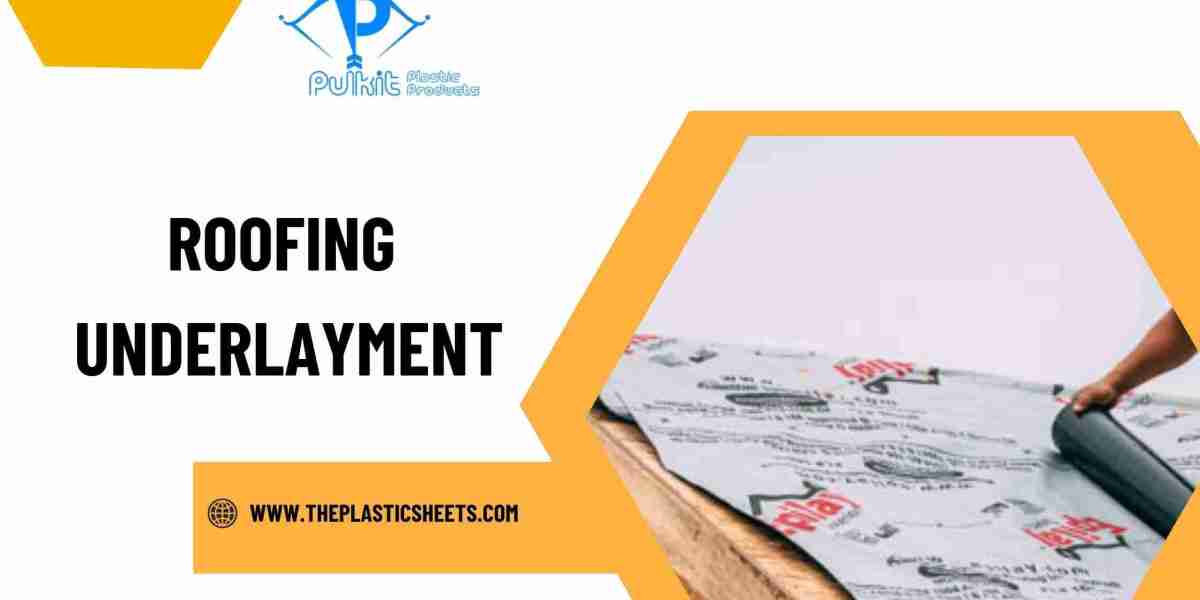Powder metallurgy (PM) is a critical industrial process that enables the production of components with complex geometries, high dimensional accuracy, and excellent material utilization. It involves compacting metal powders into a desired shape and then heating them below the melting point in a controlled atmosphere—this is the sintering process. A crucial component that ensures the efficiency, precision, and durability of these processes is the graphite die.
What Are Graphite Dies?
Graphite dies are mold components crafted from high-purity, fine-grain graphite material. They serve as molds or pressing tools during the compaction and sintering of metal powders. Due to their unique combination of thermal, mechanical, and chemical properties, graphite dies are extensively used in various PM applications, including the production of automotive parts, aerospace components, and electrical contacts.
Key Properties of Graphite That Make It Ideal for Dies
The unparalleled success of graphite dies in powder metallurgy is attributed to the following outstanding material properties:
High Thermal Conductivity: Ensures uniform heat distribution during sintering, leading to consistent microstructure and density throughout the component.
Low Thermal Expansion: Minimizes dimensional distortion under high temperatures, maintaining tight tolerances in finished parts.
Excellent Lubricity: Reduces friction during compaction, preventing tool wear and powder sticking, which increases die life and product consistency.
Superior Machinability: Allows complex and detailed die designs with tight tolerances.
Chemical Inertness: Graphite remains stable in reducing and inert atmospheres, which are typical in sintering furnaces.
High Compressive Strength: Withstands extreme compaction forces without cracking or deforming.
The Role of Graphite Dies in Powder Compaction
During the initial stage of powder metallurgy, metal powders are compacted into a precise shape using high pressure. Graphite dies play a pivotal role here. The material's inherent strength and lubricity facilitate uniform pressure distribution, ensuring that powders compact evenly. This leads to parts with high green strength—the mechanical strength of the unsintered compact—allowing for safe handling and efficient transfer into sintering furnaces.
Moreover, the low adhesion of powders to graphite minimizes defects caused by sticking, especially for fine or reactive powders like aluminum and titanium.
Optimizing the Sintering Process with Graphite Tooling
Graphite dies continue to demonstrate their superiority in the sintering stage. Sintering typically occurs at temperatures ranging from 1000°C to 1300°C, depending on the material. Graphite's thermal stability and conductivity allow the die to maintain its structural integrity and efficiently conduct heat, resulting in:
Reduced sintering time
Improved grain bonding
Enhanced mechanical properties of the final product
Additionally, graphite does not react with the sintering atmosphere (typically hydrogen or nitrogen) or the powdered metal, thereby preserving material purity.
Applications of Graphite Dies in Powder Metallurgy
Graphite dies are indispensable in a wide range of industrial sectors:
1. Automotive Industry
Used for producing high-precision gears, bushings, and structural components, where strength, wear resistance, and dimensional accuracy are paramount.
2. Aerospace Components
Graphite dies help manufacture parts from superalloys and lightweight metals, ensuring high performance under extreme conditions.
3. Electrical Contacts and Brushes
Ideal for compacting copper, silver, and graphite-based materials due to their excellent electrical conductivity and minimal contamination risk.
4. Medical Implants
Graphite dies enable the forming of bio-compatible alloys into intricate shapes required for implants and surgical tools.
5. Hard Metals and Tooling
Used in the compaction of tungsten carbide and other hard metal powders, where extreme pressures and temperatures are involved.
Benefits of Using Graphite Dies Over Metal Dies
When compared to traditional steel or carbide dies, graphite offers numerous advantages in PM applications:
Lower Cost Over Lifetime: While initial costs may be comparable, graphite dies last significantly longer due to reduced wear.
Improved Surface Finish: Parts formed in graphite dies often require less post-processing.
Higher Productivity: Less downtime due to longer die life and faster cycle times.
Greater Design Flexibility: Easier to machine intricate and precise geometries.
Non-reactive Nature: Ideal for exotic and reactive metal powders.
Graphite Die Design Considerations for Enhanced Performance
To maximize the advantages of graphite dies in PM, certain design parameters must be optimized:
Grain Size of Graphite: Finer grains offer better surface finish and strength but may be costlier.
Die Geometry and Tolerance: Precision machining is critical for high-performance applications.
Coatings and Treatments: Sometimes, dies are coated with ceramic layers or impregnated with resins to enhance durability.
Cooling Systems: Integration of controlled cooling paths within the sintering setup can further optimize cycle efficiency.
Maintenance and Handling of Graphite Dies
Proper maintenance extends the operational life of graphite dies. Best practices include:
Gentle Cleaning Techniques: Use of soft brushes or air jets to remove powder residues.
Avoiding Mechanical Shocks: Graphite is brittle and can crack under sudden impacts.
Proper Storage Conditions: Store in dry, temperature-controlled environments to prevent oxidation or moisture absorption.
Regular Inspection: Routine checks for cracks, wear patterns, and dimensional changes ensure consistent performance.
Future Trends in Graphite Die Technology
As industries push for more complex parts, tighter tolerances, and faster production, graphite dies are evolving in the following ways:
Nano-Engineered Graphite Composites: Offering superior strength and thermal properties.
Hybrid Tooling Solutions: Combining graphite with ceramics or metals for multifunctional performance.
3D Printing of Graphite Molds: A rising trend enabling rapid prototyping and tool production.
Advanced Surface Coatings: Improving longevity and resistance to aggressive environments.
Conclusion: The Indispensable Role of Graphite Dies
Graphite dies are at the heart of modern powder metallurgy and sintering operations. Their unmatched thermal stability, lubricity, and machinability make them indispensable for producing high-quality, precision components across industries. As technology advances, the demand for more refined and robust graphite tooling will only increase, underscoring their critical role in shaping the future of manufacturing.








